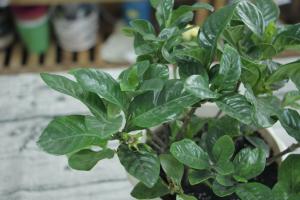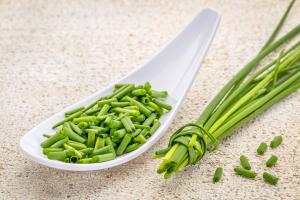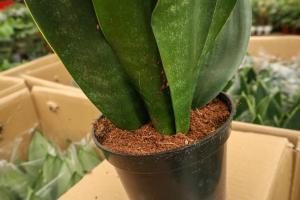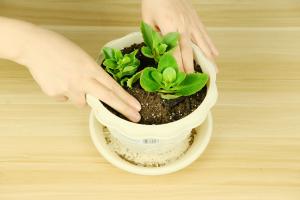Understanding the Optimal Time to Plant Pumpkin Seeds
For many gardeners and farmers, pumpkins are a popular crop that offers a range of uses from fun jack-o-lanterns to tasty pumpkin pie filling. But when is the right time to plant your pumpkin seeds to ensure the best possible harvest?
Understanding the Growing Season of Pumpkins
The first thing to consider is the growing season of pumpkins. Pumpkins are a warm-season crop, which means they thrive in warmer weather conditions. Pumpkins grow best when temperatures are consistently above 60 degrees Fahrenheit.
In general, the growing season of pumpkins lasts between 75 and 120 days. However, the specific length of the growing season can vary depending on the pumpkin variety and climate conditions.
Timing the Planting of Pumpkin Seeds
Once you understand the growing season of pumpkins, it's important to consider when to plant your pumpkin seeds. The optimal time to plant pumpkin seeds is in the late spring or early summer, once the soil has warmed up and the threat of frost has passed.
In general, it's recommended to plant pumpkin seeds two to four weeks after the last frost date in your area. If you're not sure when the last frost date is, you can check with your local extension office or use online resources to determine an estimated date.
Preparing Your Soil for Planting
Before you plant your pumpkin seeds, it's important to prepare your soil to ensure optimal growth. Start by tilling the soil and removing any rocks or debris that may be present. Then, add organic matter to the soil to improve its nutrient content.
Once your soil is prepared, create hills or mounds of soil that are two to three feet apart. Plant four to six pumpkin seeds in each hill, spacing them evenly apart. Cover the seeds with soil and tamp down gently.
Care and Maintenance of Your Pumpkin Plants
Once your pumpkin seeds have been planted, it's important to care for and maintain your pumpkin plants throughout the growing season. This includes watering your plants regularly, providing them with proper nutrients, and monitoring for pests and diseases.
As your pumpkin plants grow, you may also need to thin them out to ensure optimal growth. This involves removing some of the weaker or less healthy plants from each hill, leaving only the strongest plants to continue growing.
When to Harvest Your Pumpkin Crop
After several months of growth, your pumpkin plants should be ready for harvest. The best time to harvest pumpkins is when they reach full maturity and have a hard, deep-colored rind.
You can determine if your pumpkins are ripe by pressing your thumbnail gently into the rind. If the rind resists puncture, the pumpkin is ready for harvest. Once harvested, pumpkins can be stored in a cool, dry place for several months.
Conclusion
By understanding the growing season of pumpkins and timing your planting accordingly, you can ensure the best possible harvest of flavorful and vibrant pumpkins. With proper care and maintenance, your pumpkin plants should thrive and offer you a bountiful crop to enjoy throughout the fall and winter months.

 how many times do yo...
how many times do yo... how many planted tre...
how many planted tre... how many pine trees ...
how many pine trees ... how many pecan trees...
how many pecan trees... how many plants comp...
how many plants comp... how many plants can ...
how many plants can ... how many plants and ...
how many plants and ... how many pepper plan...
how many pepper plan...
































